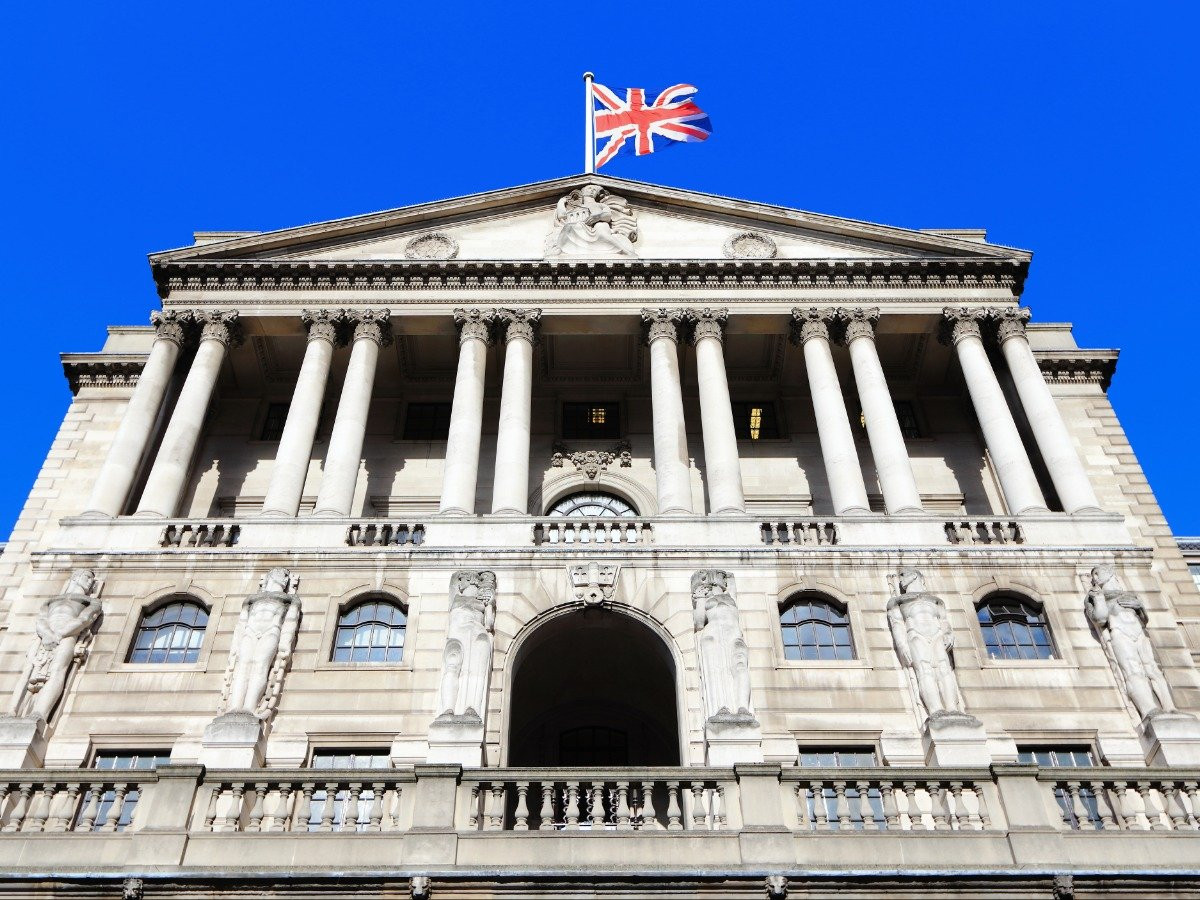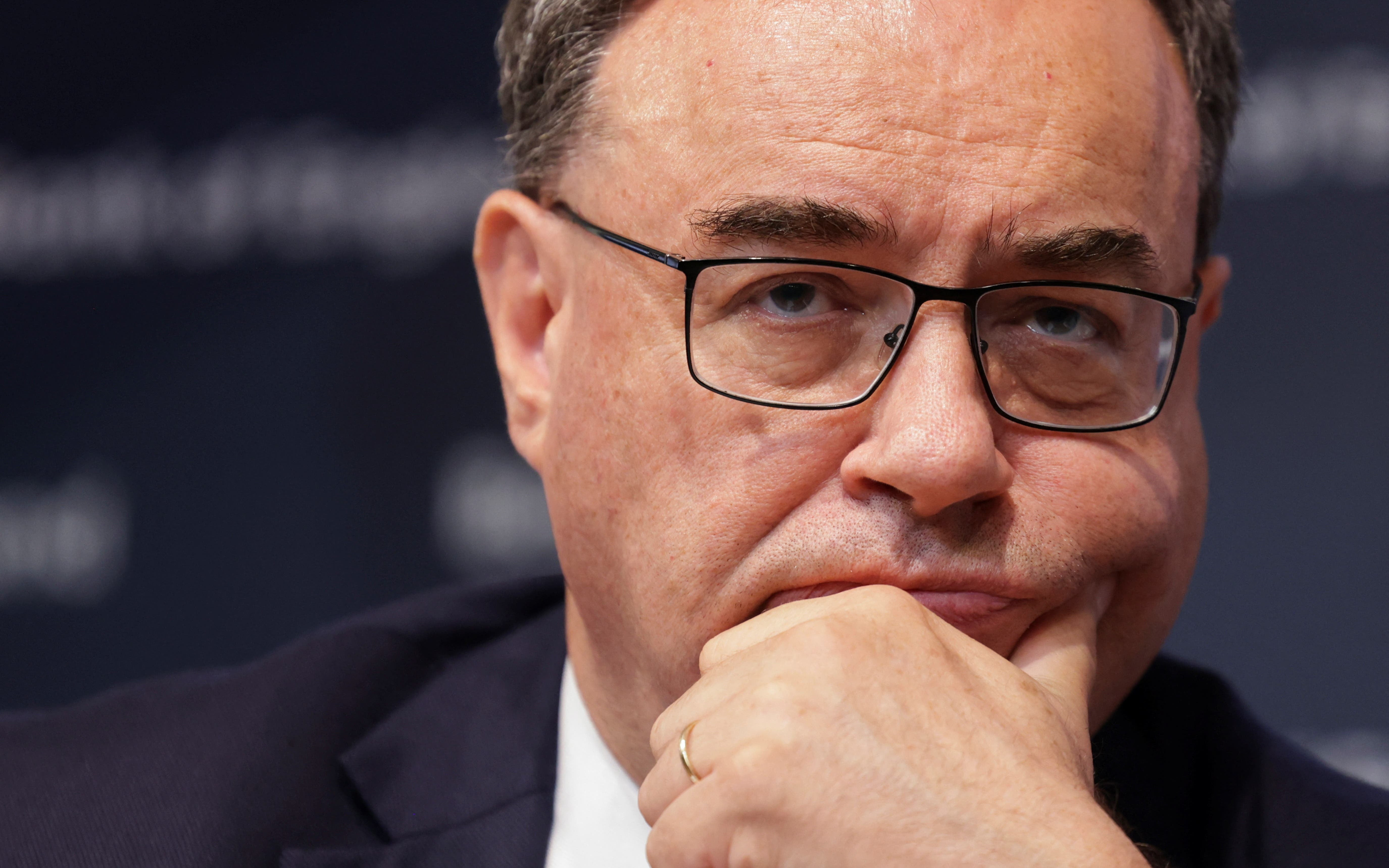Recent developments in global monetary policy expectations have thrust the Bank of England (BoE) into the spotlight as the central bank most likely to maintain a high real policy rate among G10 nations by mid-2025. This projection arises from a detailed analysis of Overnight Index Swaps (OIS) forward rates, with adjustments made for anticipated inflation by the second quarter of 2025. The financial market turbulence experienced in early August catalysed significant recalibrations in policy expectations across various central banks, positioning the BoE as a key outlier.
Prior to this wave of market disruption, the BoE’s expected real policy rate was broadly in line with those of the Reserve Bank of New Zealand (RBNZ), the Federal Reserve (Fed), and the Bank of Canada (BoC). These institutions were all anticipated to sustain real policy rates exceeding 200 basis points, underscoring a collective approach to combating inflationary pressures. However, as the dust settled, the BoE’s projected real rate has shown a lesser tendency to decline compared to its peers, a divergence largely attributable to the UK’s distinct economic trajectory.
The UK’s Unique Economic Cycle: Implications for Monetary Policy
The UK economy is navigating a different phase of its economic cycle relative to other major economies, primarily due to the significant shock of the natural gas price surge on growth during the 2022-2023 period. This energy price shock exacerbated inflationary pressures while simultaneously dampening economic growth, creating a complex environment for monetary policy.
As the economy begins to recover and inflationary pressures gradually ease, the labour market might not experience as much downward pressure as initially expected. This scenario could perpetuate wage growth risks, which remain a primary concern for the BoE. The central bank’s cautious approach is evident in its recent decision-making, highlighted by the narrow 5-4 vote on a rate cut, signalling its reluctance to engage in aggressive rate reductions—a stance contrasting with the more dovish approaches of the RBNZ and BoC, which have already initiated rate cuts.
Currency Markets and the Pound’s Performance: A Tale of Volatility
The British pound has outperformed its G10 counterparts year-to-date, appreciating by 2.0% against the US dollar. This strength reflects the BoE’s hawkish policy stance and the relative resilience of the UK economy. However, August brought a period of underperformance for the pound, driven largely by heightened market volatility and risk aversion. The unwinding of yen carry trades has further pressured the pound, as its higher-yielding status made it particularly vulnerable during this period of increased market uncertainty. Despite these setbacks, the pound’s underlying strength suggests that, should market conditions stabilize, it could recover and continue to outperform.
The Broader G10 Policy Landscape: A Comparative Perspective
The shift in policy expectations has not been confined to the BoE but has reverberated across the G10 landscape, with the Bank of Japan (BoJ) standing out as a notable exception. While most central banks are expected to reduce their policy rates by mid-2025, the BoJ is anticipated to pursue a modest increase, highlighting Japan’s unique position within the G10. This divergence in policy trajectories suggests a limited likelihood of a significant resurgence in yen carry trades, given the relatively restrained pace of rate hikes expected from the BoJ.
In contrast, the Eurozone may be witnessing an overly aggressive downward adjustment in policy expectations. The European Central Bank (ECB) is projected to see its real policy rate fall to a mere 0.25% by mid-2024, despite ongoing improvements in domestic demand and persistent underlying inflationary and wage pressures. This disconnect could lead to an upward revision in market expectations regarding future ECB actions, potentially providing support for the euro as market participants reassess the trajectory of European monetary policy.
The UK’s Economic Crossroads: A Path of Divergence
The BoE’s continued commitment to a high real policy rate underscores a key divergence in economic outlook between the UK and its global peers. The UK’s unique challenges, stemming from the energy price shock and its enduring impact on the economy, have shaped a distinct monetary policy response. Whether this strategy will ultimately prove successful in navigating the UK’s economic crossroads remains to be seen. Only time will tell if the BoE’s hawkish stance will pay off, or if it will ultimately lead to a path of divergence from the global economic landscape.


















